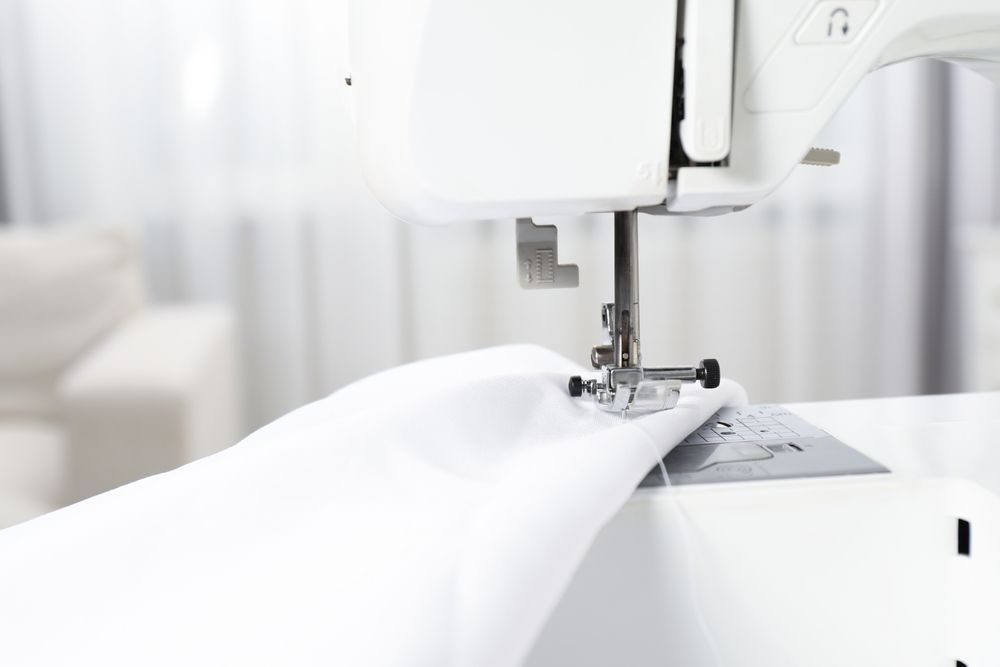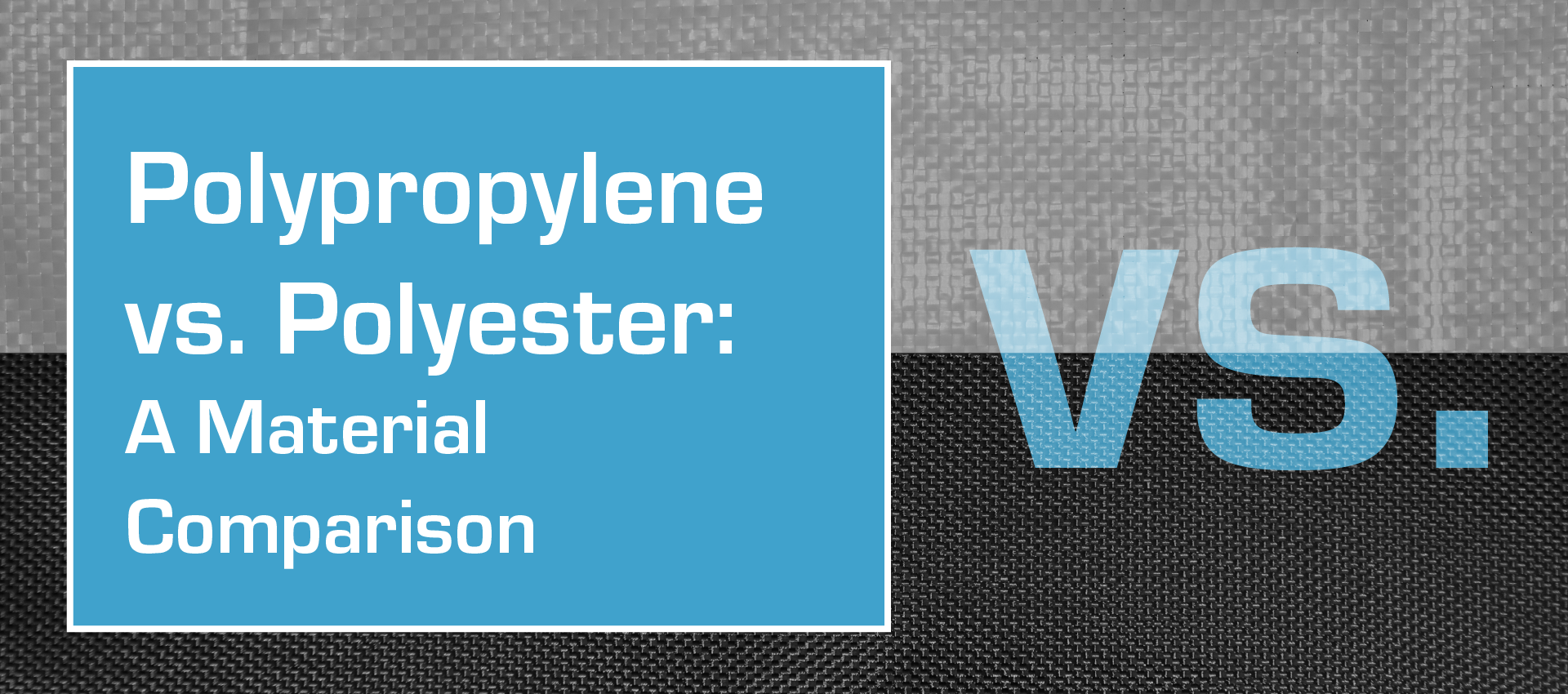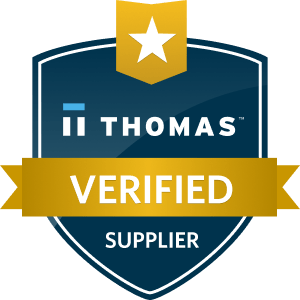Sewing Machine Stitches: A Complete Guide
Stitch type affects how a product holds up under stress, resists leaks, and maintains its shape. In
industrial sewing, small changes in construction can impact long-term performance. At Carolina CoverTech, stitch selection is
built into the product from the start.
Why Stitch Selection Matters in Industrial Sewing
In contract manufacturing, sewing is rarely one-size-fits-all. The way a product is used, the type of stress it takes, and the material it’s made from all influence how it should be stitched. A tarp designed to contain spills needs a stitch that can handle pressure without allowing leaks. A padded enclosure might need more flexibility and give.
Stitch type also affects production efficiency. Some patterns hold better on certain machines or allow faster assembly without compromising strength. The right match between stitch and material can reduce failure rates and improve consistency across high-volume runs.

Common Types of Sewing Machine Stitches in Industrial Applications
Different stitch types support different
functions. Some reinforce seams. Others allow controlled movement or help manage fluid barriers. Each option serves a purpose based on how the product will be used.
Lockstitch
Lockstitch is one of the most commonly used stitches in industrial sewing. It uses two threads that interlock in the fabric, creating a strong, flat seam. This stitch holds tension well and resists unraveling when trimmed.
It's a reliable choice for products that need clean lines, dimensional control, and long-term durability.
Chainstitch
Chainstitch uses a single thread to form a looped pattern that resembles the links of a chain. It offers more flexibility than a lockstitch, making it useful for seams that need to stretch slightly under tension.
This stitch is often used in products that require long seams or need to handle shifting loads without pulling apart. It's also easier to remove during rework, which can speed up adjustments during production.
Overlock (Serger Stitch)
An overlock stitch trims the fabric edge while wrapping it in thread, creating a neat, reinforced seam. It’s commonly used to prevent fraying and to finish edges cleanly on materials that tend to unravel.
This stitch is useful for products where edge integrity matters, especially in applications involving movement, abrasion, or repeated handling. Overlock machines can also handle high-speed production, which supports efficiency in large runs.
Zigzag Stitch
Zigzag stitches move the thread from side to side, creating a wider seam that can stretch without breaking. This makes it useful for securing edges on flexible or elastic materials.
In industrial settings, zigzag is often used where the seam needs to absorb movement or vibration. It can also reinforce areas that take repeated stress without adding bulk to the material.
Multi-Needle and Parallel Stitches
Multi-needle machines create two or more rows of stitching at the same time. This adds strength, improves alignment, and speeds up production. Parallel stitches also help distribute stress across a wider area, which reduces the chance of seam failure.
These stitch types are often used in structural products where clean, reinforced lines are part of the design or performance requirements.
Specialized Stitches for Heavy-Duty and Technical Fabrics
Tough fabrics don’t always work well with standard stitch types. Materials like vinyl, coated textiles, or multi-layer assemblies may need custom patterns, thicker thread, or reinforced seams to stay intact under pressure.
Choosing the right stitch often comes down to testing. It helps reveal what holds, what flexes, and what breaks apart under use.
Stitching Considerations in Product Development
Stitching affects how a concept moves from design to production. Certain seams work better on specific equipment or support faster assembly. Others may require slower handling but offer better durability or performance.
During development, these tradeoffs guide decisions around tooling, labor, and production speed. Choosing the right approach early helps align performance goals with practical manufacturing limits.
RF Welding vs. Stitching: When Sewing Isn’t the Right Choice
Some products perform better when assembled without a thread. RF welding uses high-frequency energy to bond materials at a molecular level. This creates a clean, uniform seal without perforating the surface.
RF welding is often a better fit than stitching in the following situations:
Need for airtight or watertight seals:
Threaded seams can allow moisture or air through. RF welds create continuous bonds that block leaks.
Use of coated or non-porous materials:
Vinyl, TPU, and other films respond well to RF energy. These materials may not sew cleanly or hold thread under stress.
Exposure to harsh environments:
Welded seams resist wear from chemicals, UV, and abrasion. This improves product lifespan in rugged conditions.
Smooth internal surfaces are required:
Without thread or seam bulk, RF welds provide cleaner interior surfaces. This matters for containment and hygiene.
Sewing still plays a role in many applications, but for certain designs, welding offers a better path to performance.
Key Takeaways
Every stitch type serves a purpose. The right choice depends on how the product will be used, what it needs to withstand, and how it will be built at scale.
If you’re working through design challenges or exploring production options, Carolina CoverTech can help you move forward with the
right process in place.
Contact us to get started.




